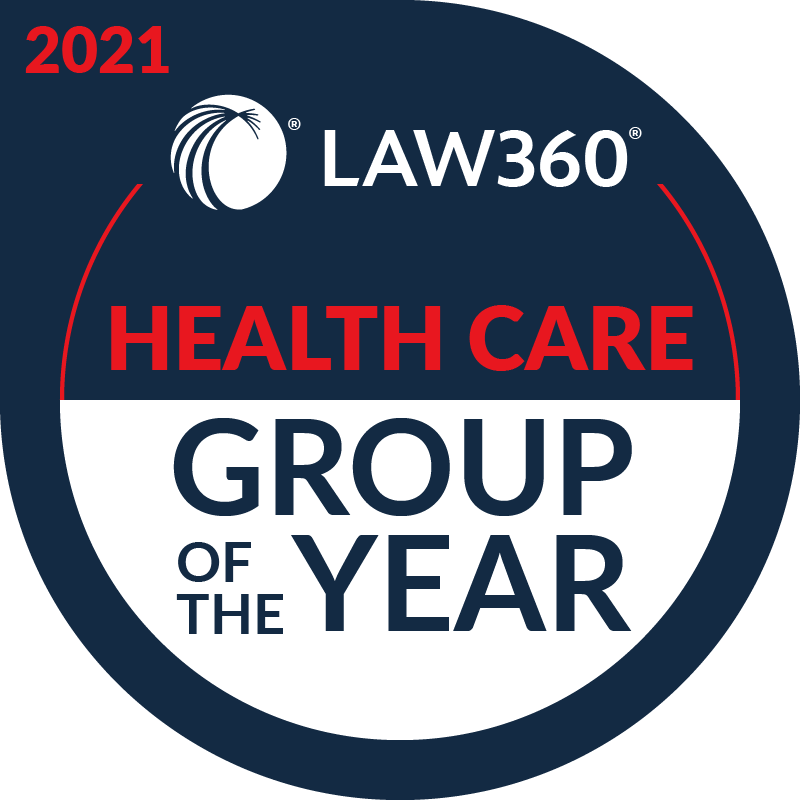A series of panels co-hosted by EY and McDermott Will & Emery during the 2022 J.P. Morgan Healthcare Conference examined how hospitals and health systems continue to weather the pandemic. Leaders from the health system perspective looked at heightened cost pressures, resource strains and demands for better technology experiences, as well as innovative and collaborative responses to challenges. Policy experts spoke to the needs of providers, the antitrust landscape, and what Congress and the Biden administration might try to accomplish in the year ahead.
Below are the top takeaways for McDermott and EY at the 2022 J.P. Morgan Healthcare Conference: Hospitals and Health System Forum
Download the PDF here.
LACKING LABOR
Speaking about the current state of the pandemic, H. Mallory Caldwell, US health leader at EY, reflected on the earlier days of the pandemic. At that time, the common sentiment among health system leaders was that the arrival of a vaccine would upend the trajectory of the virus. However, availability of the vaccine hasn’t fulfilled that expectation, and the effects of COVID case waves have been reflected in health systems, specifically with increases in deferred elective procedures. Still, health services are hovering around pre-pandemic levels. The major crisis health systems are confronting is staffing. Although healthcare generally builds in a 3% wage inflation, in light of the “great resignation,” Caldwell said it is costing hospitals and health systems three and four times that figure to retain and attract talent.
A PERSON-CENTERED APPROACH
Rasu Shrestha, MD, enterprise executive vice president and chief strategy and transformation officer at Atrium Health, spoke about how the pandemic accelerated the health system’s existing plans to broaden its aperture from a patient-centered approach to care to a person-centered approach, meaning it extends well beyond the office visit. He said an innovative approach could be particularly effective with the growing population of seniors; by 2030, one in five Americans (approximately 72 million people) will be 65 and older.
ADDRESSING ROOT CAUSES
The environments within which people live and work play a major role in their overall health and wellness. Those realities, known as social determinants of health, have been an increasing focus of the public health ecosystem in recent years. Inequities in care brought on by social determinants of health were evident during the pandemic; these inequities may have created a launchpad for understanding this philosophy at the health systems level. “In our strategic plan, we talk a lot about integrating social care and clinical care,” said Sheri Shapiro, senior vice president and chief strategy officer at Trinity Health. “And that was always in there because we are on a journey […] toward taking full risk for the health and outcomes of populations.”
REALITIES ON THE GROUND
During a session on the health policy landscape, Stephen Parodi, MD, executive vice president of external affairs, communications and brand at The Permanente Federation, explored the realities on the ground. He touted the need for policies that support virtual care, address physician burnout and increase innovation through models like acute hospital care at home delivery. He also spoke of policy surrounding vaccine mandates, which was recently struck down in US courts on a broader basis but upheld for frontline healthcare workers. “One of my hopes coming out of this, particularly in the context of public health emergencies, is that we figure out as a nation at the federal level and then, hopefully with coordination with the states, a more uniform standard for being able to implement something like vaccine mandates.”
HEALTHCARE ANTITRUST ENFORCEMENT
The executive branch of the federal government has taken aim at the healthcare sector in the antitrust enforcement arena. In a July 2021 Executive Order, President Biden called on the Federal Trade Commission and Department of Justice to review existing guidance documents, including horizontal merger guidelines and vertical merger guidelines. The agencies then announced they were looking at the guidelines to see whether they are overly permissive. “There’s a bit of uncertainty there because we know there are going to be changes forthcoming—we just don’t know what those changes are. Now, in reality, it’s typical to see the different outlook or the practice changes at the merger-review level before they make their way into the guidelines,” said Ashley Fischer, a Partner at McDermott Will & Emery.
WHAT TO EXPECT FROM DC
With the public health emergency extended until mid-April, policymakers have turned their attention to longer-term solutions for post-pandemic policies on issues like telehealth and hospital-at-home waivers. Other potential items that may come across the legislative agenda for Congress during the session ahead could be related to expanding coverage; increased access to mental health services; a new approach to Medicare Advantage, particularly risk adjustment; and potential policies around substance use, health equity, and life sciences companies and the FDA.
To catch up on all of the sessions at the McDermott and EY at the 2022 J.P. Morgan Healthcare Conference, please click here.






